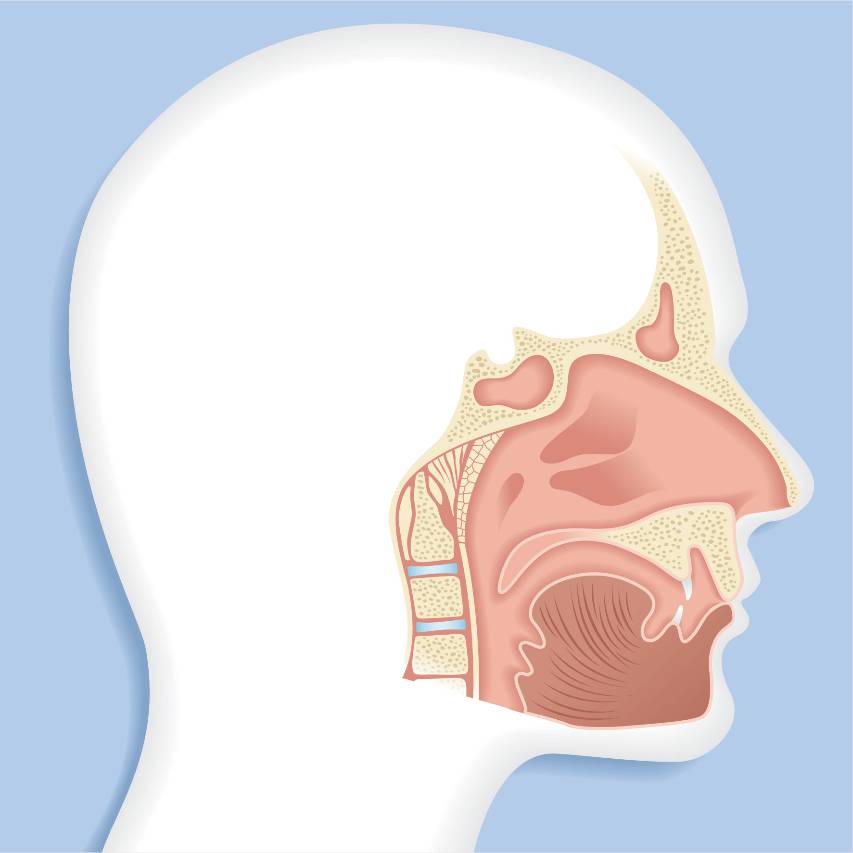Your nose is one of the most important parts of your body. It doesn’t just receive and process smells, it’s a front-line air filter designed to capture and remove bacteria, dust, and germs with every breath you take. Your nose helps keep your lungs healthy and functioning by moistening air as it enters your body, and its healthy function is critical to your personal health.

Sinuses
Sinuses are hollow air-filled cavities that are lined with a mucous membrane. These catch bacteria and humidify the air you breathe. There are several different sinus areas that include the maxillary sinuses in your cheekbones, frontal sinuses in your forehead, sphenoid sinuses behind your nose, and ethmoid sinuses between your eyes. This is one of the reasons sinus pressure can be felt throughout your entire face.

The Nasal Cavity
Your nasal cavity is a hollow area just behind your nose that’s lined with a mucous membrane which moistens air and prevents the inside of your nose and nasal passages from drying out. The lining of your nasal cavity is also coated with fine hairs that help filter the air you breathe.
Conditions that affect the nasal cavity and sinuses
Allergic and non-allergic rhinitis: Occurs due to inflammation of your nasal cavity linings
Chronic sinusitis: Similar to rhinitis but lasts longer than 12 weeks and sometimes associated with nasal polyps
Nasal masses and tumors: Growths that can block nasal cavities and impede normal functioning
Stuffy Nose/Nasal Congestion: Inflamed sinuses due to an infection or illness can lead to a feeling of congestion. Inflammation due to an immune system response can also cause the sinuses to produce additional mucus.
Other common conditions that affect the nose:
Nasal Fractures: Nasal fractures are very common. Although any bone within the nose can fracture, they most commonly occur in areas where the bone is naturally thinner. Fractures typically occur from an impact and are the most common facial bone fracture making up roughly half of all cases.
Nasal obstructions: Most nasal obstructions are temporary, caused by colds, allergies, sinus infections, or medications, while others require medical intervention.
Common causes of nasal obstructions include a deviated septum, turbinate hypertrophy, choanal atresia, nasal polyps, foreign objects in the nose, oversized adenoids and swollen nasal lining.

How Are Nasal & Sinus Conditions Diagnosed?
ENT doctors use a variety of methods to diagnose nasal conditions including culture swabs, endoscopic tools, and symptom-related testing, but every diagnosis has one thing in common, it starts with you.
Patient care begins with a detailed conversation. We want to know what brought you in, how you feel both physically and mentally, when your symptoms began and what environmental factors may have had an impact.
Evaluation may require a head and neck exam, a thorough exam of your nasal cavity and sinuses with an endoscope and in some cases, a sinus CT scan, cultures and allergy testing.
Get In Touch With Us Today!
For a medical emergency, please call 911.
To Schedule an Appointment:
Self Scheduling